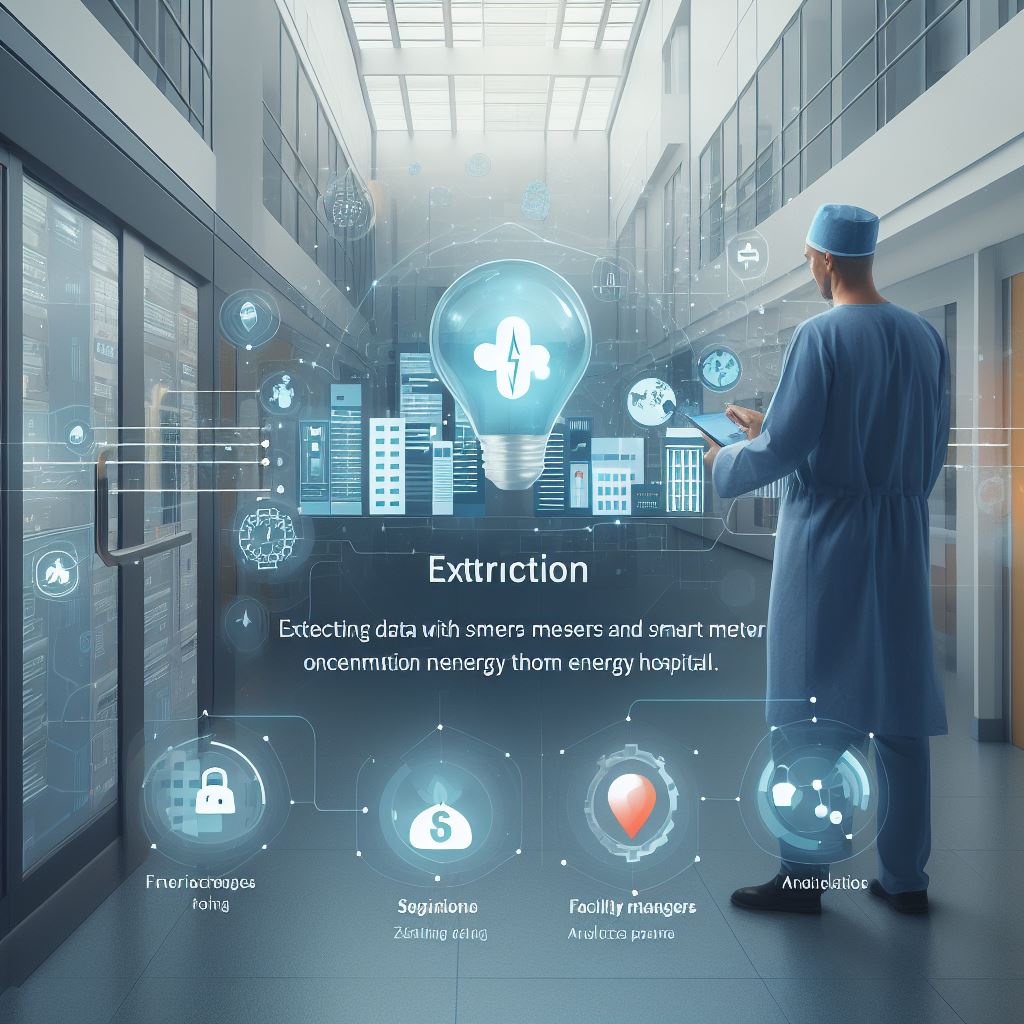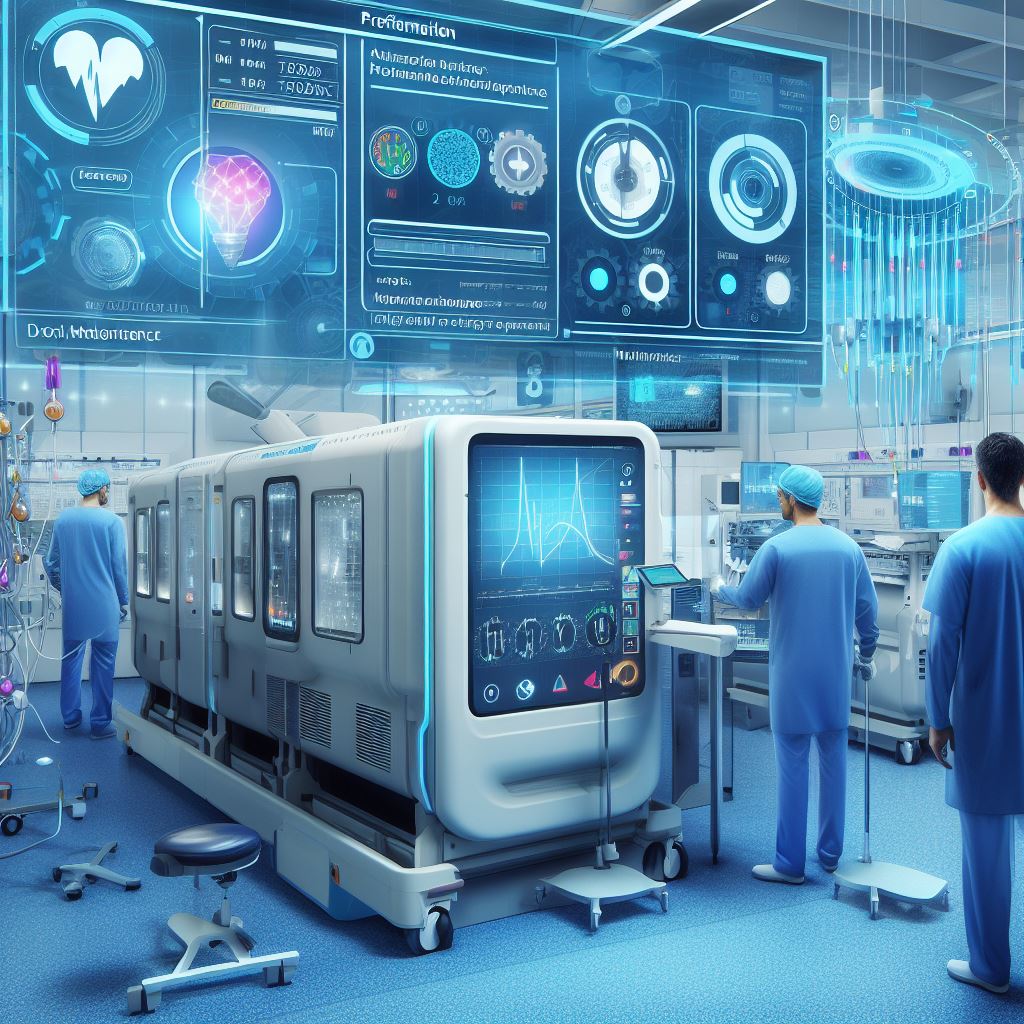
Independent Data Layer for hospitals
Smart hospitals equipped with Mapped Independent Data Layer (IDL) provide real-time data from critical hospital areas. Mapped IDL plays a crucial role in enhancing operational efficiency, reducing energy consumption, ensuring the proper maintenance of critical hospital systems and equipment, and enhancing patient experiences.

Efficiency and cost optimization
Integrate various facility systems and streamline workflows to optimize overall operational efficiency.

Patient-Centered care and experience
Improve clinical excellence, patient safety, and wellness by implementing patient engagement through technology.

Compliance, quality, and safety
Ensure regulatory compliance and industry standards in hospital facilities by implementing continuous data gathering from critical spaces and taking timely actions.
Reducing energy and emissions
Real-time Energy Monitoring: Extracting data from sensors and smart meters provides real-time data on energy consumption throughout the hospitals. Facility managers can be equipped with analytics applications to identify usage patterns and optimize energy usage, reducing wastage and lowering overall energy bills.
Emission Monitoring: Monitoring real-time emissions data can help implement proactive measures to minimize emissions and environmental impact.

Predictive maintenance of critical care spaces
IoT Sensors: Internet of Things (IoT) sensors attached to critical hospital equipment collect real-time data on performance parameters. Analyzing this data using predictive algorithms allows for the prediction of equipment failures before they occur, enabling scheduled maintenance and reducing downtime.
Condition Monitoring: Real-time data can indicate when equipment or systems are operating outside of normal parameters. Maintenance staff can be alerted to these deviations, allowing them to address issues promptly before they escalate.

Efficient facility operations
Automated Monitoring Systems: Real-time data feeds into automated monitoring dashboards can detect anomalies or failures. When an issue is detected or an alarm is triggered, an automated work order is generated, specifying the device or equipment and its location to maintenance staff.
Resource Optimization: Real-time data helps in optimizing the allocation of maintenance staff and resources. Work orders can be prioritized based on urgency and available resources, ensuring that critical issues are addressed promptly.
Historical Data Analysis: Real-time data, when stored and analyzed over time, provides valuable insights into recurring issues. By identifying patterns, facilities can take proactive measures to prevent similar problems from reoccurring, reducing the frequency of maintenance tasks.

